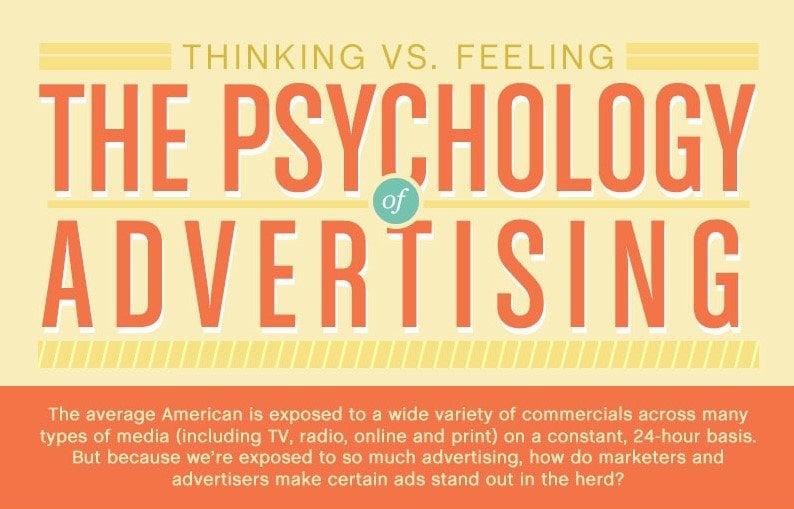American culture is all about consumption. In the 20th century, advertising became more and more important for businesses as marketing mediums changed and the marketplace became more competitive. Most advertisers back then wouldn’t have predicted the increase in ads we’ve seen since the rise of the internet, however. In 1970, we were shown about 500 ads a day. Today, that’s grown to as many as 5,000. So how do advertisers cut through the noise and actually make sales? With emotion.
Q3 hedge fund letters, conference, scoops etc
The Power of Emotion and Storytelling in Advertising
As humans, we want to think that we make rational decisions when we buy. The truth is, however, that we’re far more likely to buy based on ads that tap into our emotions. Themes like pride, empathy, and love all tap into universal human experiences that create the urge to act. The data backs this theory up—in advertising campaigns that performed well, 31% used emotional content, while only 16% used rational content. Even something as color perception can have an impact on buying.
How Companies Put These Principles into Practice
Some of the most successful and memorable campaigns have used emotion as a basis, including Dove’s “Real Beauty” campaign and Google’s “Friends Furever.” Real Beauty created a new narrative about women’s self-esteem and used empowerment to deliver their message. Friends Furever was not only cute, capitalizing on unusual animal friendships, it also used the power of friendship to connect and ended up as the most-shared ad of all time. Marketers can use joy and surprise to draw in consumers and create compelling ads.
Want to know more about how emotion can be used for better advertising? This infographic from the University of Southern California Dornsife’s Applied Psychology program has all the details.














